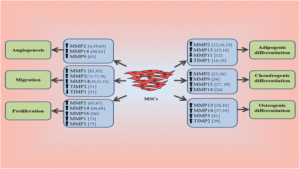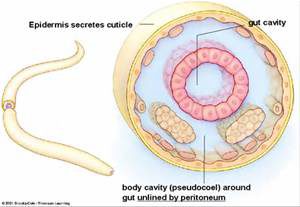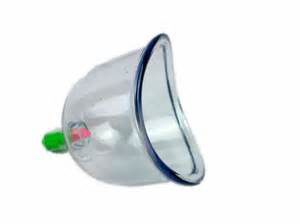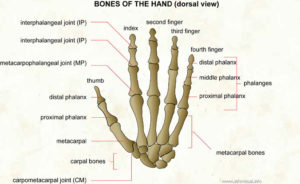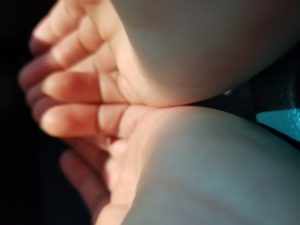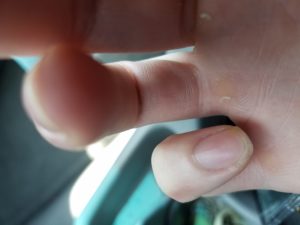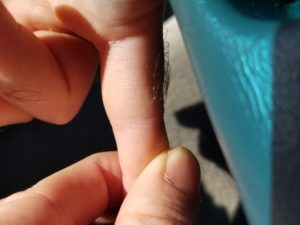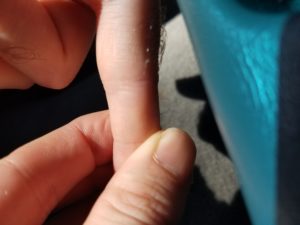Myxedema increases hydrostatic pressure by resulting in increased deposition of connective tissue elements like hyaluronic acid and GAGS(chondroitin). Maybe there’s a way to use the pathology of this disease to safely increase the deposition of connective tissue to possibly increase height.
Increases in deposition of this elements can result from scar tissue. Perhaps the separation in limb lengthening surgery can be thought of as a form of scar. Increases in Fibroblast levels also could increase accumulation of connective tissue. It is worth it to note that FGFR3 decreases height. Maybe an interesting possibility is that FGFR3 reduces circulation Fibroblast levels and decreases hydrostatic pressure and results in a height increase that way. Thyroid hormone is thought to increase these connective tissue elements.
Maybe in pregnancy the elevated thyroid causes the bump in the stomach during pregnancy and possibly causes the increase in shoe size and height. Being pregnant can increase the size and production of the thyroid.
Actors like Feldman who had graves disease was not tall at 5’7″.
Other famous with Graves:
Missy Elliott-F 5’2″
Rodney Dangerfield-M 5’10”
1st President Bush-M 6’2″
Maggie Smith-F 5’5″
According to this paper Graves’ disease–acceleration of linear growth., Grave’s may cause an acceleration of linear growth but I could not find anymore beyond the title.
Body height and weight of patients with childhood onset and adult onset thyrotoxicosis.<-Thyrotoxisis is another name for hyperthyroidism
“The present study has compared body height and weight of thyrotoxic female patients of childhood onset and adult onset. The body height of 141 out of 143 (99%) adult-onset thyrotoxic patients was within the range of mean +/- 2SD for the age-matched general Japanese female population. On the other hand, in 42 patients with childhood-onset thyrotoxicosis, 6 (14%) had their height being greater than the mean + 2SD of general population, and 34 (81%) were taller than the mean value. In 86 patients with siblings, 42 (49%) were at least 2 cm taller than their sisters, and 26 (30%) were more than 2 cm shorter than their sisters. The body weight of 27 out of 42 (68%) patients younger than 20 years was not decreased but was even greater than the mean value for the age-matched general population. The results indicate that excessive thyroid hormone in vivo enhances body height in humans. The increased body weight in some young patients suggests that enhanced dietary intake due to increased appetite in hyperthyroidism has overcome the energy loss with increased metabolism.”
If you look at figure 1 you get quite a interesting figure that shows that of females with adult onset hyperthyroidism tend to be taller than the mean(this is not a longitudinal study so hyperthyroidism could not be a direct measurement of height increase). I could not excise the figure out of the study you will have to look at it directly.
46, XY pure gonadal dysgenesis: a case with Graves’ disease and exceptionally tall stature.
“Growth was arrested with height remaining at 187 cm after normalization of the thyroid function by treatment with an antithyroid agent, although follow-up to monitor growth was limited to 3 months. In some cases of gonadal dysgenesis, then, Graves’ disease may contribute to an abnormally tall stature.”
So we see that Grave’s disease has an impact on height but that the affect on height is variable sometimes an increase and sometimes a decrease. Maybe there’s some other variable like FGFR3 levels that influence the effects on height.
This provides more evidence that hydrostatic pressure influences height but perhaps some other stimuli is needed like CNP as increases Fibroblastic stimuli would result in more FGFR3 stimuli in some cases. CNP would cancel that out.

